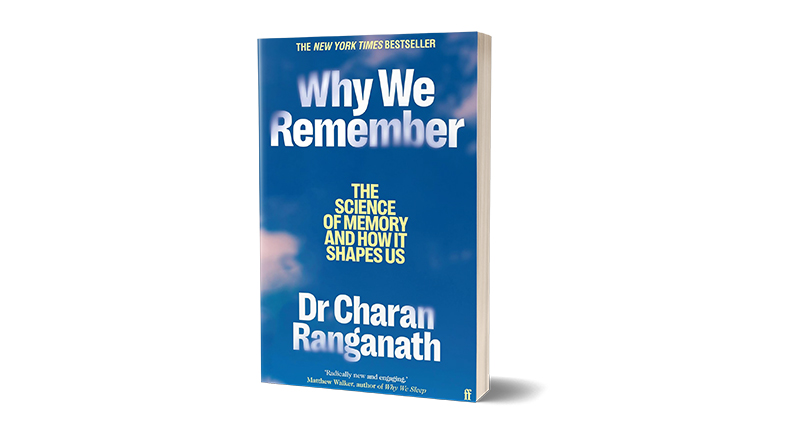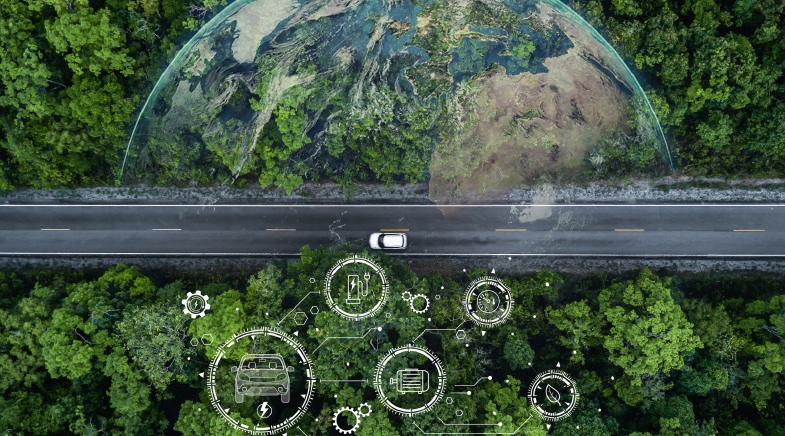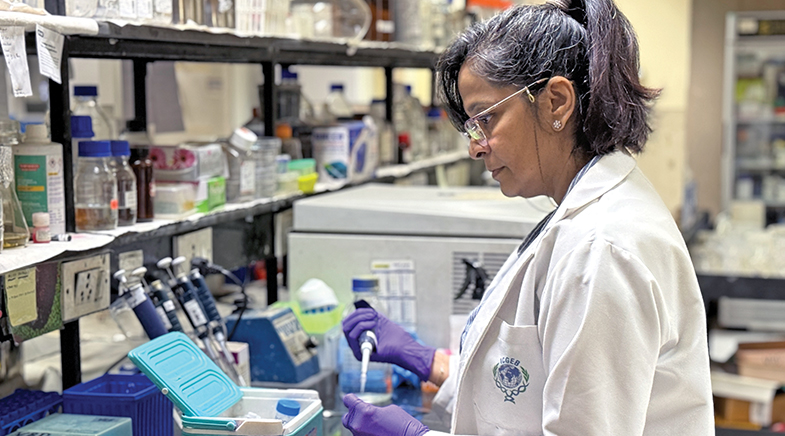The eDNA hunters
-
- from Shaastra :: vol 03 issue 04 :: May 2024

Environmental DNA, collected from water, soil and air, is helping scientists monitor biodiversity.
In the south-west corner of Guwahati, in the north-eastern State of Assam, sits Deepor Beel, a 4.1-sq-km freshwater lake. A Ramsar site – a wetland site designated as one of international importance – Deepor is a source of food and livelihood for hundreds of families that live around it. However, with the city's expansion, rising construction and disposal of untreated sewage, the lake's ecology is changing. These changes can impact the fish composition and consequently affect the livelihood of families that depend on it.
"We wanted to understand how Deepor is responding and reorganising itself to this changing urban landscape," says Punyasloke Bhadury, Professor at the Indian Institute of Science Education and Research (IISER) Kolkata. To answer his question, Bhadury turned to environmental DNA (eDNA), a relatively new tool that lets field biologists conduct large-scale surveys to monitor biodiversity.
Typically, field biologists spend hours tracking specific organisms. But when using eDNA, they can quickly take broad-sweep samples from a variety of sources and then look for DNA of organisms in these samples. Imagine taking water samples from a lake or a river and processing them to find all the DNA molecules in it. Every organism's DNA is unique and is a clear indicator for its presence. Think of it as an attendance call: the organism's DNA is, in essence, marking its presence.
The eDNA survey of Deepor (bit.ly/Deepor-eDNA) revealed three new species of fish and a couple of algae species that are "potentially new to science", says Bhadury. In parts of the lake where sewage discharge has increased, the researchers saw populations of Proteobacteria and Enterobacteriaceae dominate, which indicates poor ecological health in these parts. Bhadury and colleagues are now monitoring the data to get a wholesome understanding of changes in Deepor, which they hope will help policymakers effect a plan to manage it sustainably.
PAST ISSUES - Free to Read
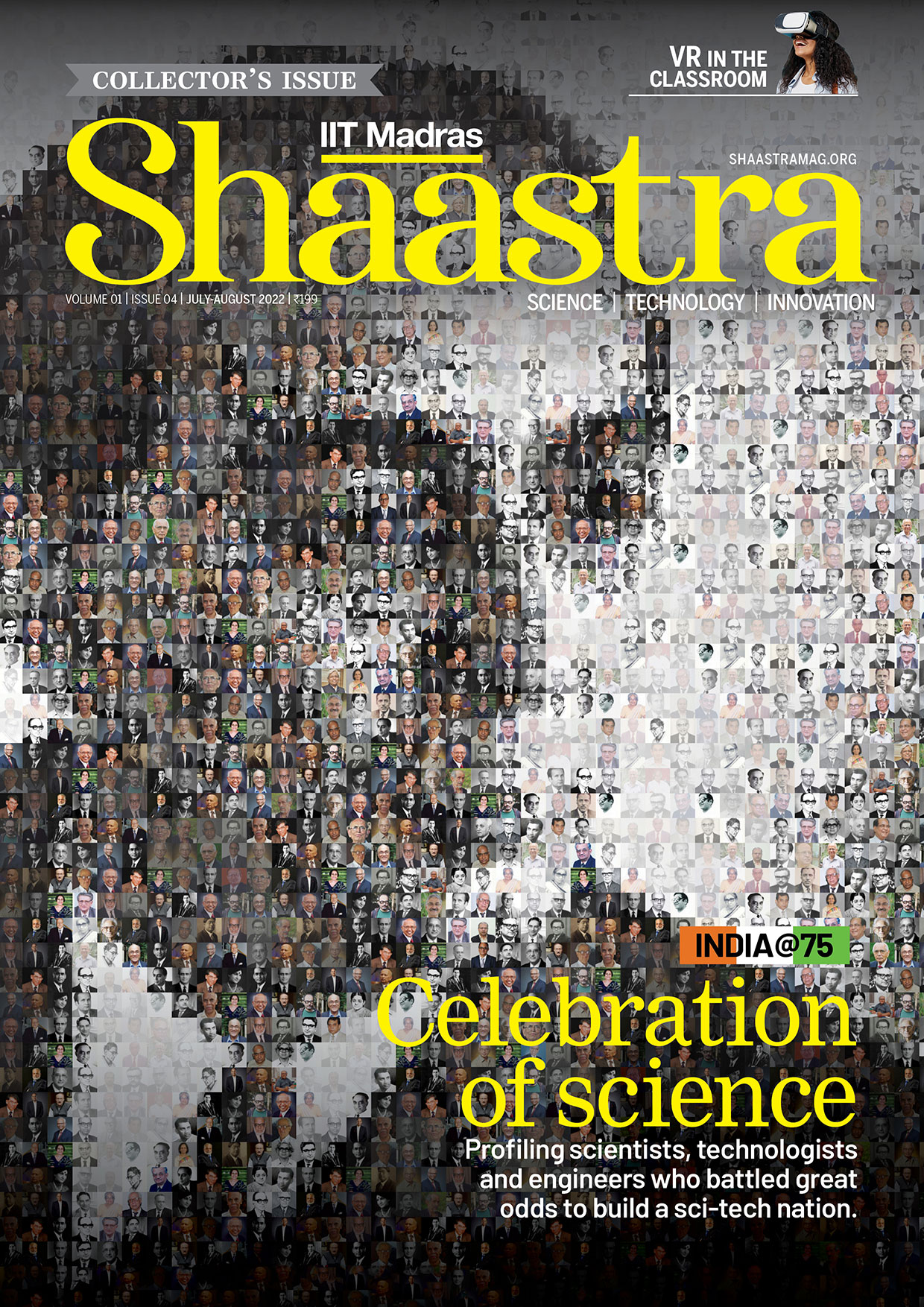
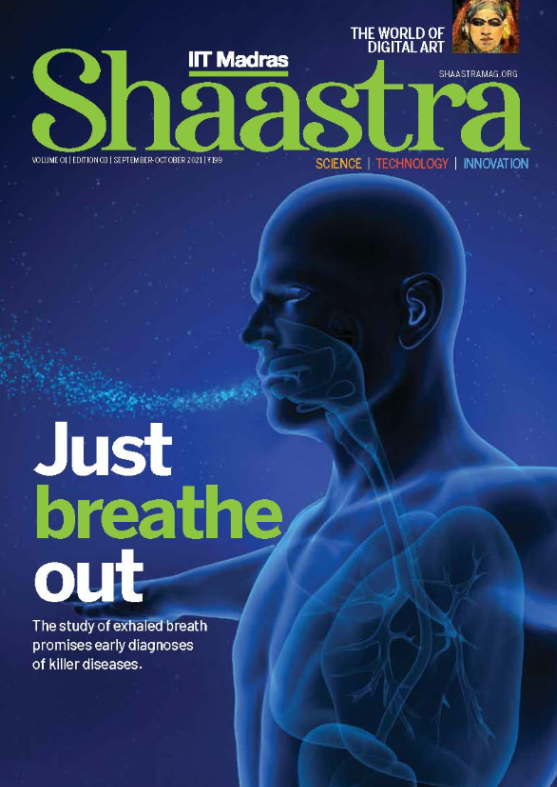
Have a
story idea?
Tell us.
Do you have a recent research paper or an idea for a science/technology-themed article that you'd like to tell us about?
GET IN TOUCH
